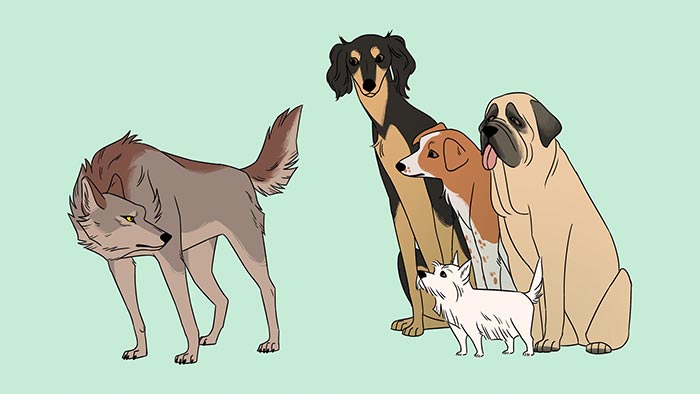The Quest for the Next Billion Dollar Color:
Mas Subramanian, the biggest celebrity in the uncelebrated world of pigment research, glances at a cluster of widemouthed jars containing powders in every color of the rainbow, save one.
During his nine-year sojourn into the strange, finicky realm of color, Subramanian, a materials science professor at Oregon State University at Corvallis, has grown infatuated with a form of chemistry that he, like many of his peers, once considered decidedly low-tech. His renown derives from his accidental creation, in 2009, of a new pigment, a substance capable of imparting color onto another material. YInMn was the first blue pigment discovered in more than 200 years.
It isn’t only the exotic blueness that has excited the color industry, but also the other hues the pigment can generate. Subramanian soon realized that by adding copper, he could make a green. With iron, he got orange. Zinc and titanium, a muted purple.
Scanning these creations, scattered across his workbench like evidence of a Willy Wonka bender, he frowns. “We’ve made other colors,” he says. “But we haven’t found red.”
Listen to the story here.
More long reads here.



